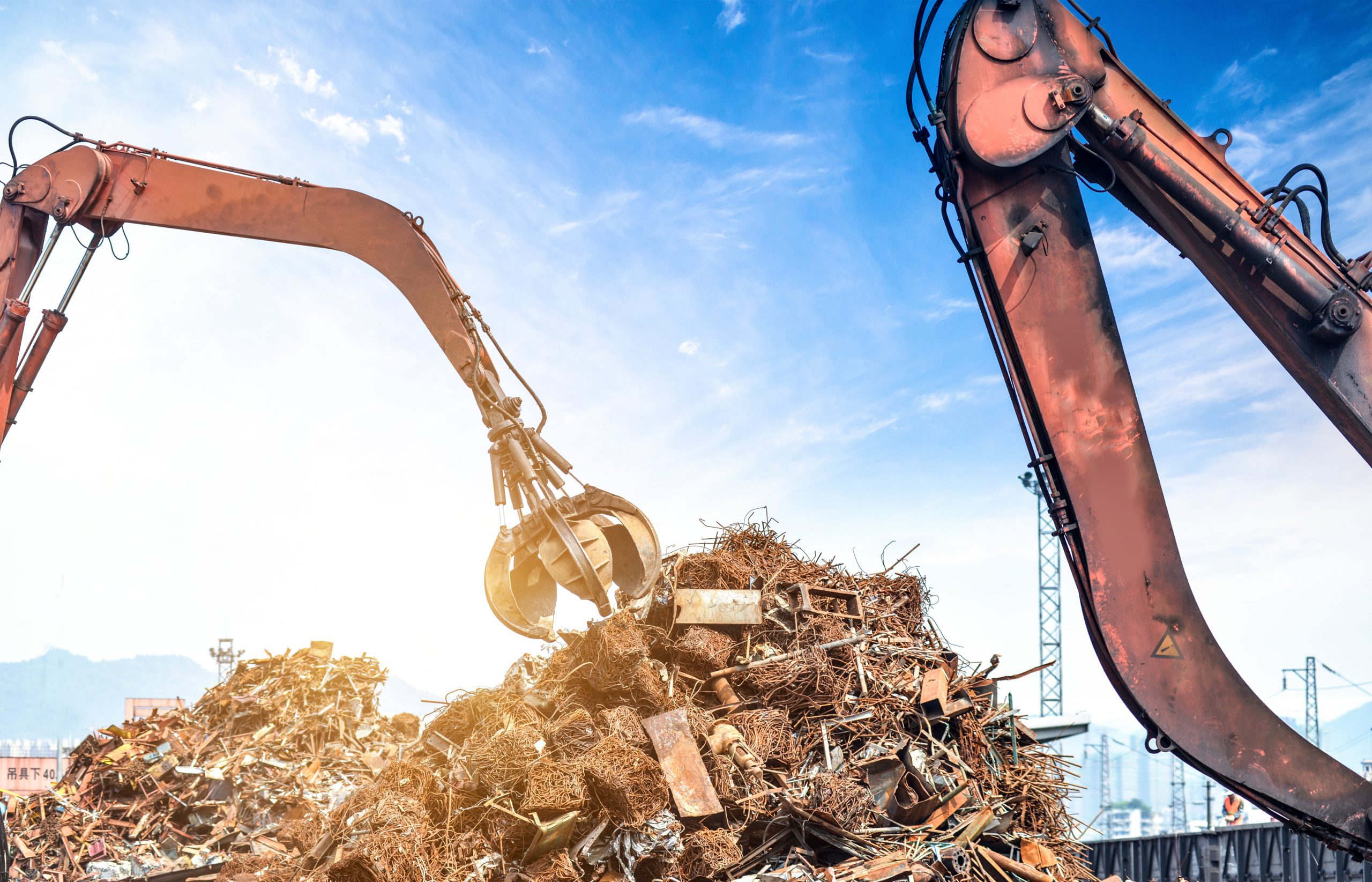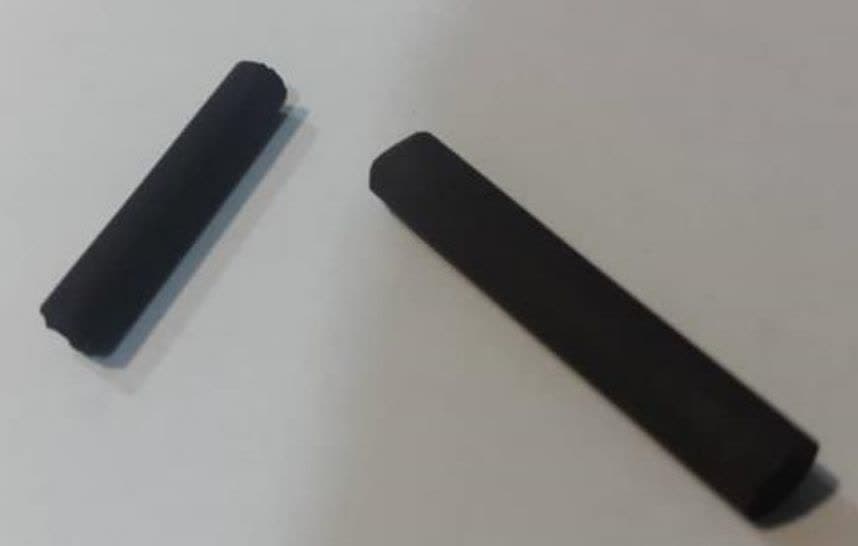The disposal of various types of waste, particularly urban waste (including domestic, hospital, and sanitary waste), industrial waste, petroleum, and petrochemical waste, in existing landfill sites has resulted in soil exposure to a wide range of hazardous and toxic substances, as well as water pollution. Additionally, underground disposal can significantly contribute to greenhouse gas emissions. Waste gasification emerges as a novel method of waste disposal, wherein the organic components of waste are converted into usable gas. Among the various types of gasifiers, plasma gasifiers decompose the chemical bonds in organic waste materials by generating plasma with temperatures reaching several thousand degrees. These bonds are broken down into their constituent atoms, which then recombine to form small molecules such as hydrogen, carbon monoxide, water, and carbon dioxide. Inorganic wastes such as metals, glass, and ceramics are extracted from the machine as molten materials and slag, which can be separated and reused as by-products after cooling. In Behyaar Co.’s plasma waste incinerator, following initial processing and separation of recyclable materials (magnetic and non-magnetic metals and glass, if requested by the customer), the waste is crushed into smaller pieces. Upon entering the first gasification chamber, it loses approximately 60% of its volume in the form of gas due to exposure to hot steam and air. The remaining waste, comprising residual ash, organic components, and inorganic materials, enters the main gasification chamber, also known as the plasma chamber. Under the influence of plasma generated by graphite electrodes through direct electric current, reaching temperatures of several thousand degrees, the waste is fully transformed into gas, material, and molten slag, respectively. Following cooling, the non-metallic molten slag can be utilized in construction, road building, or other industries. The generated gas, containing a high proportion of hydrogen and carbon monoxide, undergoes cooling, purification, and removal of potential acid gases before being directed to relevant units for use in electricity, fuel, and chemical production with added value (such as ethanol, methanol, and pure hydrogen). In plasma gasification technology, under optimal conditions, approximately 1000 kWh of electric energy is produced for each ton of municipal waste, thereby fully meeting electricity consumption needs for capacities exceeding 30 tons per day. For instance, a waste incinerator unit processing 100 tons per day can generate 5000 kW of electricity, of which 2000 kW is consumed by the device itself, and the remaining 3000 kW is supplied to the national electricity grid for sale.




